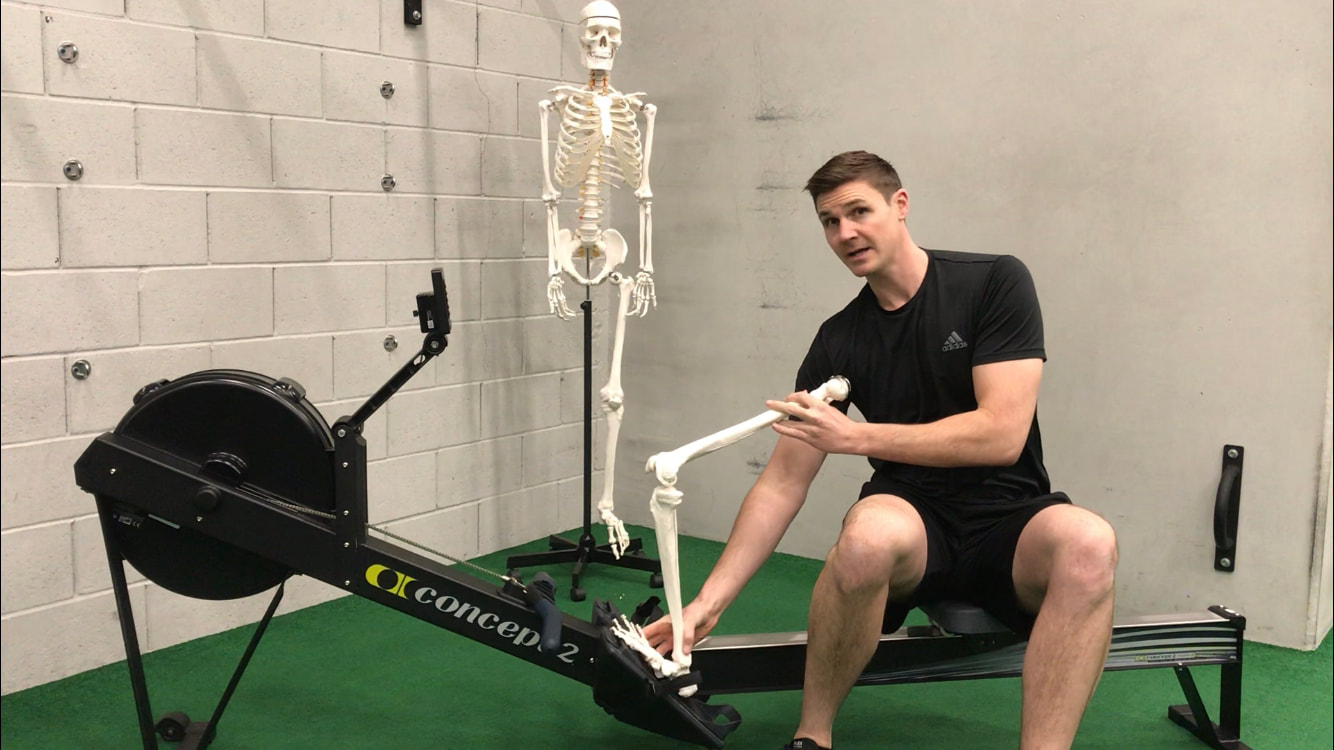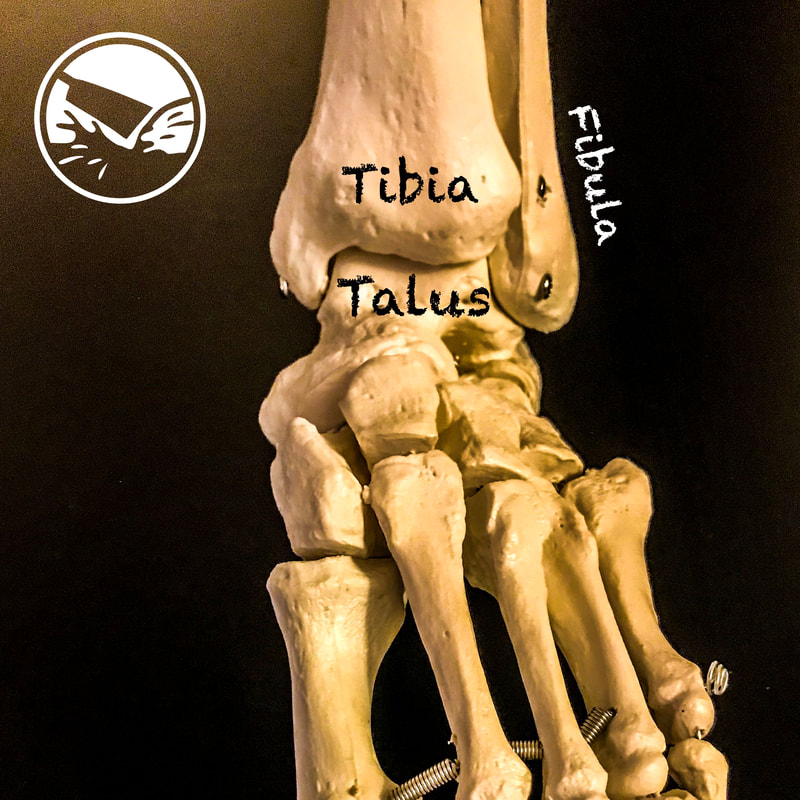Can our ankles be as stable as the strongest woodworking joint? A Mortise & Who? Have you ever heard of a mortise and tenon joint? I hadn't either. I can tell you this though...the human body doesn't stop amazing me. If you've ever been coached, you've probably heard the cue, "toes up". Well, I also heard that cue, and I thought I understood it. Turns out I didn't really understand it until I really dug into anatomy. Mortise & Tenon Our ankles are designed so that they can be strong, stable, and explosive with every step, stride, jump, or rowing stroke. One of the reasons those qualities exist is the mortise and tenon. The mortise and tenon is the strongest woodworking joint in woodworking. It also happens to be the way the ankle joint is designed. As our foot pulls up (dorsiflexion), it locks into place as it goes bone on bone with the talus, tibia, and fibula. It's made to lock into this stable base so that we can have safe, effective, and efficient movement. Rowing Benefits That's an intriguing fact, but how does it benefit rowers? A mobile ankle gives you a stable base to apply pressure off of the footplate. The more stability I have, the more connected I am to the footplate. The more connection I have, the more power I can generate. Imagine pressing off of the footplate as soon as the boat gets hit by a wake. Have you felt that before? I bet you have. And what happens? The boat slows dramatically, sometimes you can't even get your blade in the water. We want a stable base of support to press off of during our drive. A mobile ankle lends us that stability. Mobile vs. Immobile The ankle can lock into this stable base, but only if the joint and muscles grant us access. This stable base only happens at the end range of dorsiflexion. So those lacking ankle range of motion are operating without this feature. If you watch an ankle joint move you'll see that at the end range of dorsiflexion the door is shut, and the blinds are closed. No daylight is getting in. If you watch as the foot drops down, even before it reaches plantar flexion, it begins to open the doors and let sunlight in. When you can see daylight between the bones that means the stability is no longer as great. We now need to rely on other structures that aren't as strong, such as the muscles and ligaments surrounding the ankle joint. Open doors and sunlight means it's time to wake up and get to work on those ankles! Do your ankles have access? Have you taken a look at our ankle mobility screen? Take a look and see if you have access to this range of motion. Ankles a problem? Did you determine that you're ankles are limited? Take a look at our ankle solutions and bullet train posts to get to work!
0 Comments
Leave a Reply. |
Author
Blake Gourley holds a Masters of Science in Sports Performance Training and has over 12+ years of experience working with rowers. Read more Categories
All
Archives
August 2023
|


 RSS Feed
RSS Feed